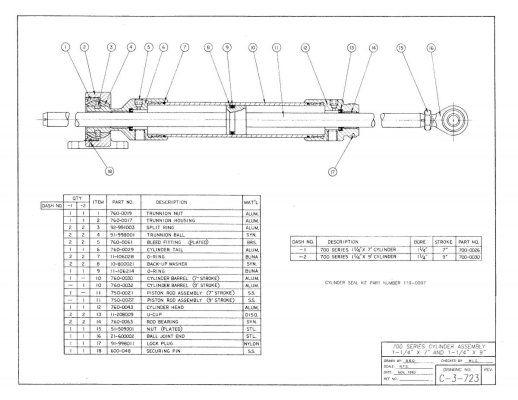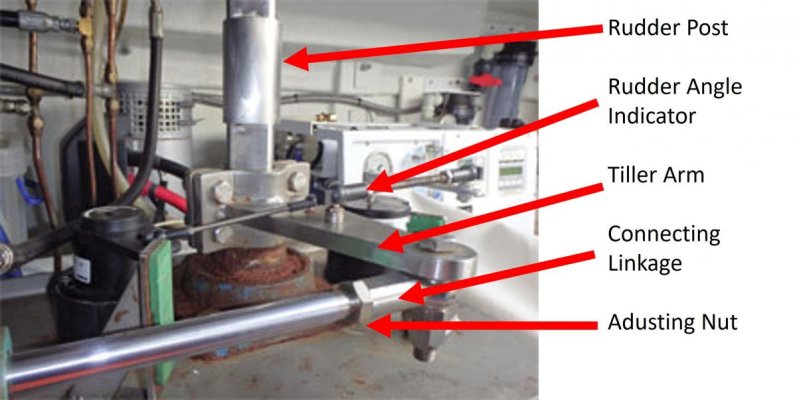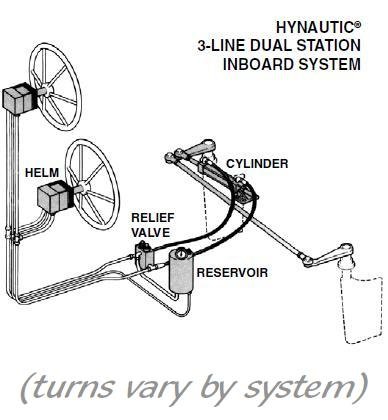Purchased a 42' CHB trawler last year. Pretty much jumped in cold to owning a boat this big and just started learning on the fly. All in all went pretty well. However, one thing I have yet to pay much attention to is the hydaulic steering system. I noticed last summer that it would pull slightly to starboard (1 to 2 degrees) so in order to maintain a straight course i would need to give it 1 to to 2 degrees of rudder to port, as summer gave way to fall, I noticed by November the pull had increased to 3 to 4 degrees, and by February it appeared to have increased again to 6-7 degrees.
The steering system is a hydraulic system with two helms and two rudders. I'm identifying the degrees of helm I'm giving it based on the rudder angle indicator on the auto pilot, as that is the only rudder angle indicator I have (that has functioned since I have owned the boat). Note that the problem exists regardless of whether I'm steering with auto pilot or manual. What should I be looking for in the steering system that would cause this problem? I've done a decent amount of research and have found very little information; or should I be looking at variables outside of the steering systems, boat weighting, or marine growth?
I appreciate your thoughts and comments in advance! -Ryan
The steering system is a hydraulic system with two helms and two rudders. I'm identifying the degrees of helm I'm giving it based on the rudder angle indicator on the auto pilot, as that is the only rudder angle indicator I have (that has functioned since I have owned the boat). Note that the problem exists regardless of whether I'm steering with auto pilot or manual. What should I be looking for in the steering system that would cause this problem? I've done a decent amount of research and have found very little information; or should I be looking at variables outside of the steering systems, boat weighting, or marine growth?
I appreciate your thoughts and comments in advance! -Ryan




